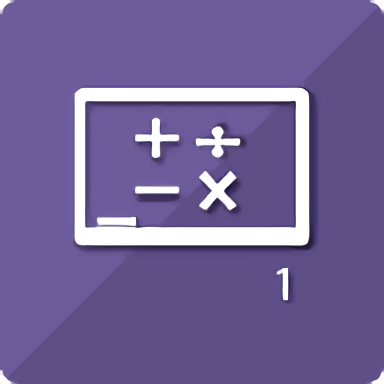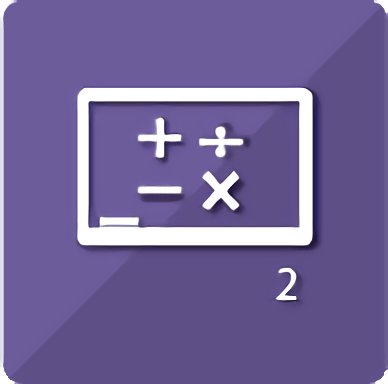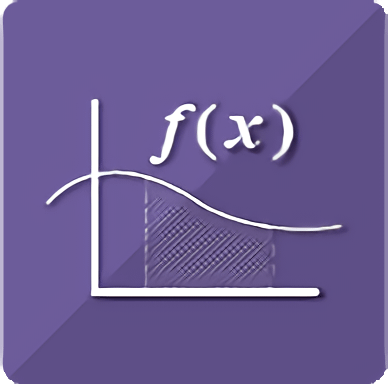Algebra 1 [Competency Based] (1st semester)
$250.00Course Description
What are algebraic expressions? How are they structured, and how can they be combined to create equations and inequalities? How do you know that the solutions you find are correct? In Algebra 1, students create expressions from verbal descriptions, manipulate and transform them, and create visual models. Requiring students to explain each step helps them understand mathematical processes. Exploring functions, sequences, and their corresponding graphs helps students determine the best ways to represent each. Students examine functions graphically, numerically, symbolically, and verbally, and learn how to translate between these different forms. Students’ depth of understanding increases as they complete proofs and describe data, fitting functions to their data. Students then extend their knowledge of linear and exponential relationships and apply their new understanding to create quadratic and exponential expressions as models of real-life phenomena.
Course Breakdown
The real number system
Algebraic expressions
One-variable linear equations
Rates, ratios, and proportions Proportions and percent
One-variable linear inequalities
Compound inequalities
Graphing relationships
Introduction to functions
Domain and range
Course Goals
Perform operations with real numbers.
Solve one-step and multistep equations using different operations.
Solve problems involving rates and proportions. Define percentages and solve simple percent problems.
Solve one-step and multistep linear inequalities using different operations.
Recognize functions and different aspects of their graphs.




